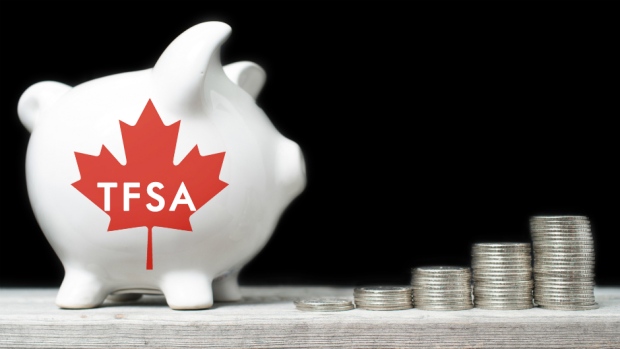Apr 10, 2019
Personal Investor: TFSAs not just for the wealthy
By Dale Jackson

Many Canadians have come to appreciate the benefits of the tax-free savings account over the past decade, but those benefits are tilted toward the wealthy. That’s the conclusion of a new report from the Institute for Research on Public Policy, which says low-income Canadians are not getting the full benefit of their TFSAs.
Only 10 per cent of TFSA holders manage to contribute the maximum allowable amount ($6,000 in 2019 for a cumulative total of $63,500 since 2009). Yet, the investment industry still pushes for higher contribution limits for wealthy investors attempting to lower their tax bills in retirement. The Canada Revenue Agency (CRA) has recently cracked down on professional day traders using their TFSAs to avoid paying tax on investment gains.
The Institute for Research on Public Policy report argues that the TFSA needs to return to its roots: a savings tool for average Canadians. While many Canadians view their TFSAs as short-term saving accounts, it highlights the advantages of using the TFSA as a retirement savings vehicle to rival the registered retirement savings plan. Unlike the TFSA, the RRSP flat-out favours the wealthy because contributions are deducted from income, and those in higher income brackets receive bigger deductions. RRSP contributions for lower income earners get far less bang for the buck.
To prevent the TFSA from being a tool of the wealthy, the report suggests public education, “nudges,” and tax revisions to help low-income Canadians take full advantage of their TFSAs. Many Canadians who contribute to their RRSPs, for example, don’t realize withdrawals are fully taxed in retirement, and government programs like Old Age Security (OAS) and Guaranteed Income Supplement (GIS) could be denied.
The report also calls for regulatory requirements making it incumbent on an employer, or the financial institution the employer uses for its group retirement savings plan, to make the default choice of enrolling an employee in either a TFSA or an RRSP, depending on the employee’s annual pay. Employers or government could match TFSA contributions for low-income Canadians, much like RRSP savings in company pension plans.






